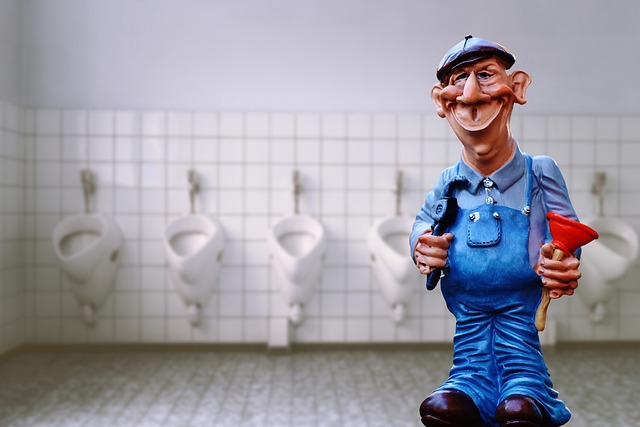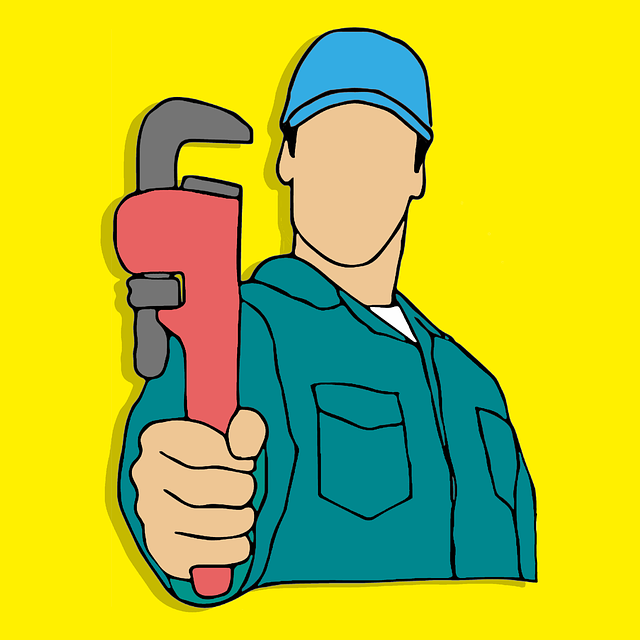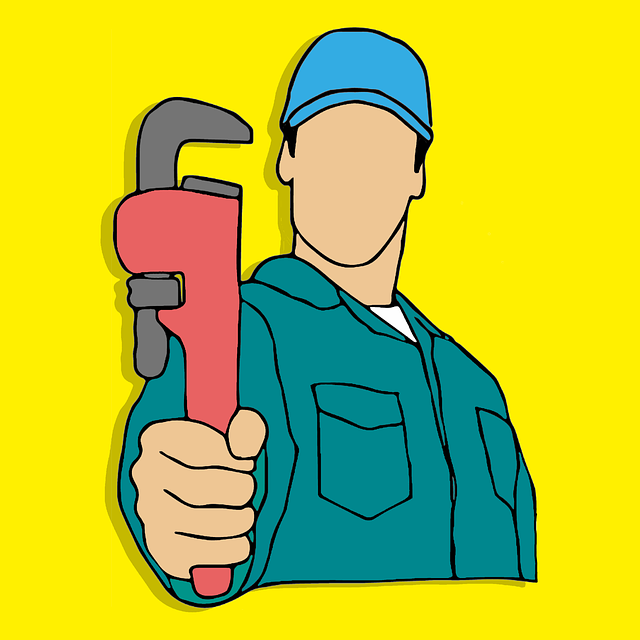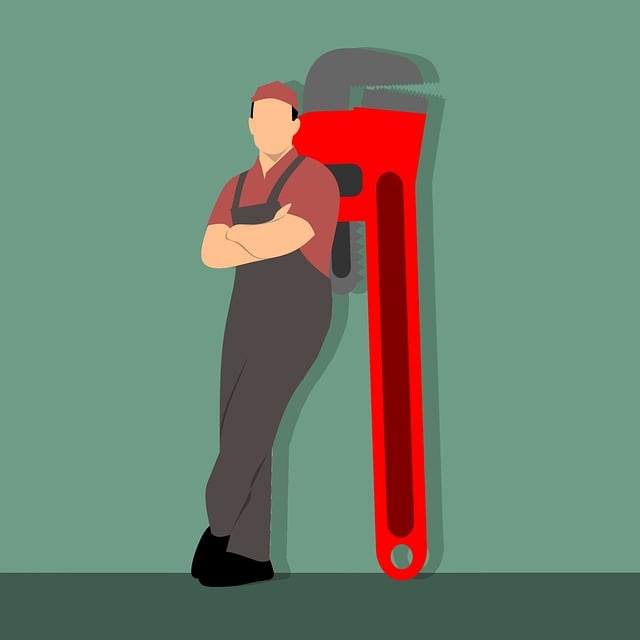Plumbers rely on water pressure (psi) and flow rate (gpm) as critical indicators of plumbing system health. They employ tools like pressure gauges, flow meters, and smart sensors to identify blockages, leaks, and imbalances. By balancing pressure, ensuring adequate flow, and troubleshooting issues, plumbers optimize system efficiency, prevent serious problems, reduce water waste, and enhance service quality for clients.
As a plumber, ensuring optimal water pressure and flow throughout your system is crucial. This comprehensive guide explores essential testing methods to maintain efficient plumbing. We’ll delve into understanding key metrics like pressure and flow rates, along with the tools and techniques needed for accurate system evaluation. Learn how to diagnose and address common issues identified during testing, empowering you to provide top-notch plumbing services.
- Understanding Water Pressure and Flow Metrics
- Tools and Techniques for Testing System Efficiency
- Diagnosing and Addressing Issues Identified During Testing
Understanding Water Pressure and Flow Metrics

Water pressure and flow are critical metrics that plumbers rely on to assess the health and efficiency of a plumbing system. Pressure refers to the force pushing water through pipes, typically measured in pounds per square inch (psi). It’s influenced by factors like elevation, pump capacity, and pipe diameter. Flow, on the other hand, is the rate at which water moves through a specific point in the system, usually measured in gallons per minute (gpm). Plumbers use these metrics to identify blockages, leaks, or pressure imbalances that could indicate larger issues within the plumbing infrastructure.
Understanding these dynamics helps plumbers perform essential tasks such as balancing water pressure for optimal performance, ensuring adequate flow to meet household needs, and troubleshooting problems that affect the overall efficiency and longevity of the system. By monitoring and maintaining proper pressure and flow, plumbers can prevent more serious issues, reduce water waste, and provide better service to their clients.
Tools and Techniques for Testing System Efficiency

Testing the efficiency of a plumbing system requires a combination of tools and techniques that allow for accurate measurements of water pressure and flow. A plumber’s toolkit should include a pressure gauge, which is used to measure the water pressure at various points in the system. By attaching the gauge to different fittings and outlets, one can identify any pressure drops, indicating potential blockages or leaks. Additionally, flow meters are essential devices for quantifying the rate of water movement through pipes. These meters can provide valuable data on the overall efficiency of the system, helping plumbers pinpoint areas that may need maintenance or upgrades.
Modern techniques also incorporate smart sensors and advanced software to monitor system performance in real-time. These technologies enable plumbers to detect anomalies in pressure and flow patterns, ensuring optimal system operation. Moreover, video inspection cameras are invaluable tools for visually assessing pipe conditions, especially in hard-to-reach areas. By utilizing these diverse methods, plumbers can thoroughly evaluate a plumbing system’s health and efficiency, ultimately providing better service and extending the lifespan of the infrastructure.
Diagnosing and Addressing Issues Identified During Testing

When testing water pressure and flow, a plumber identifies issues such as leaks, low pressure, or blocked pipes. They use specialized tools like pressure gauges and flow meters to pinpoint problem areas within the system. Once identified, these issues require tailored solutions. For leaks, the plumber may replace faulty fittings or repair damaged pipes, ensuring water doesn’t go to waste. Low pressure can be addressed by flushing out sediment buildup in valves or replacing corroded pipes to restore optimal flow. Blocked pipes demand a thorough cleaning or removal of obstructions like tree roots or built-up debris.
Effective troubleshooting by a plumber not only restores efficient water pressure and flow but also prevents further damage or costly repairs. Regular testing and proactive maintenance are key to keeping plumbing systems in top condition, ensuring a reliable supply of clean water and minimizing disruptions in daily routines for homeowners and businesses alike.
A plumber’s ability to test water pressure and flow is invaluable. By understanding key metrics, utilizing appropriate tools, and effectively diagnosing issues, professionals can ensure optimal system performance. This process not only enhances efficiency but also prevents costly repairs down the line. Embracing these practices solidifies a plumber’s role as a guardian of seamless water distribution systems.
